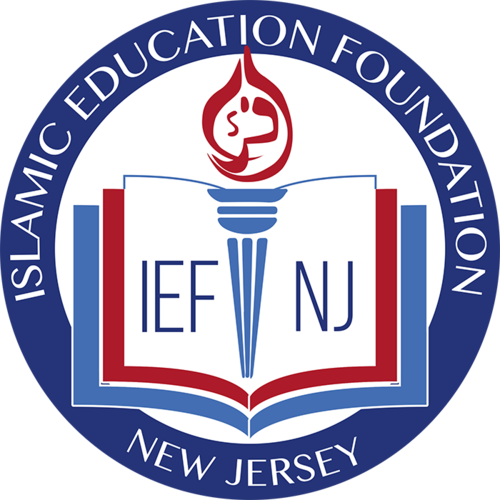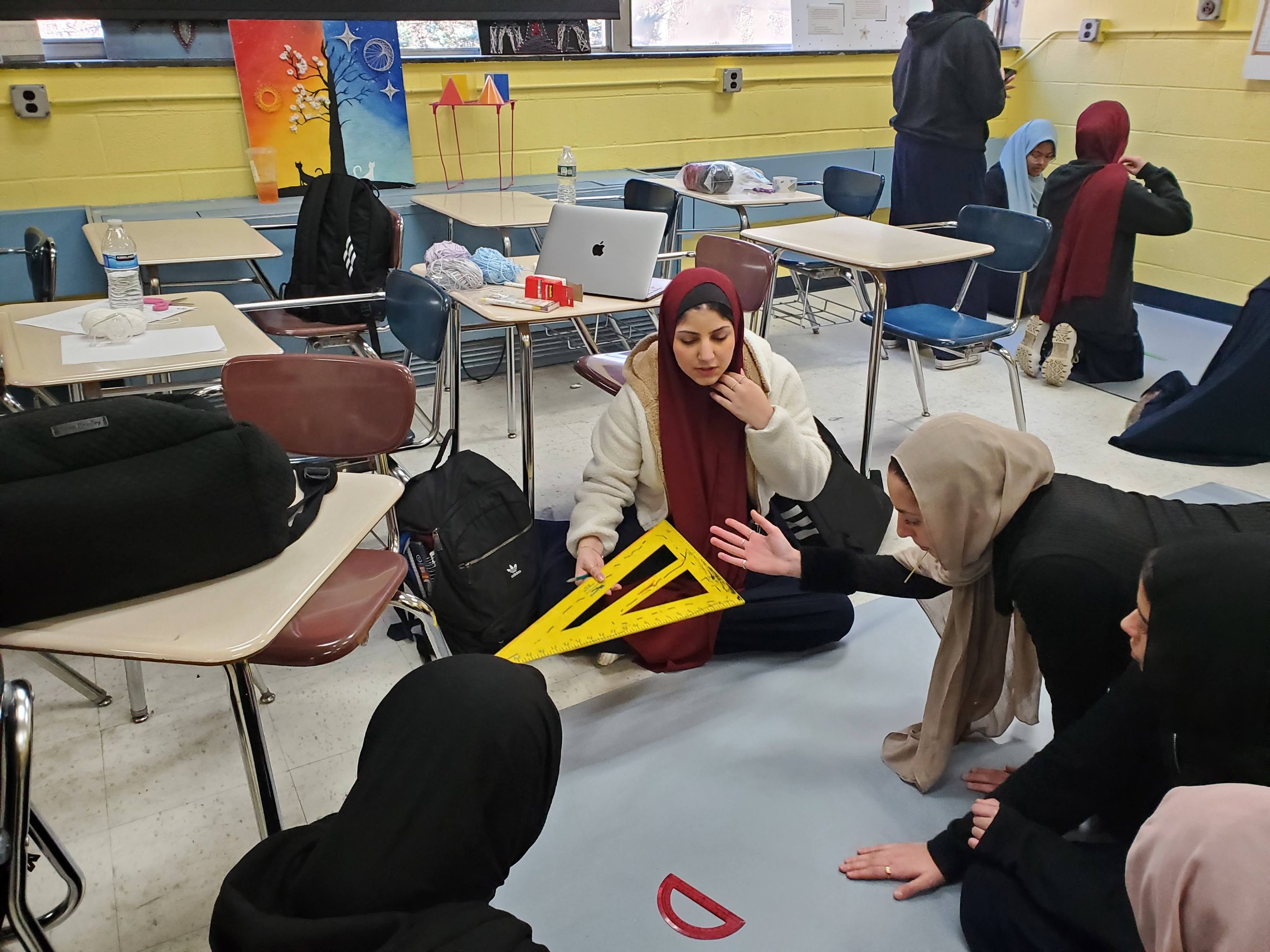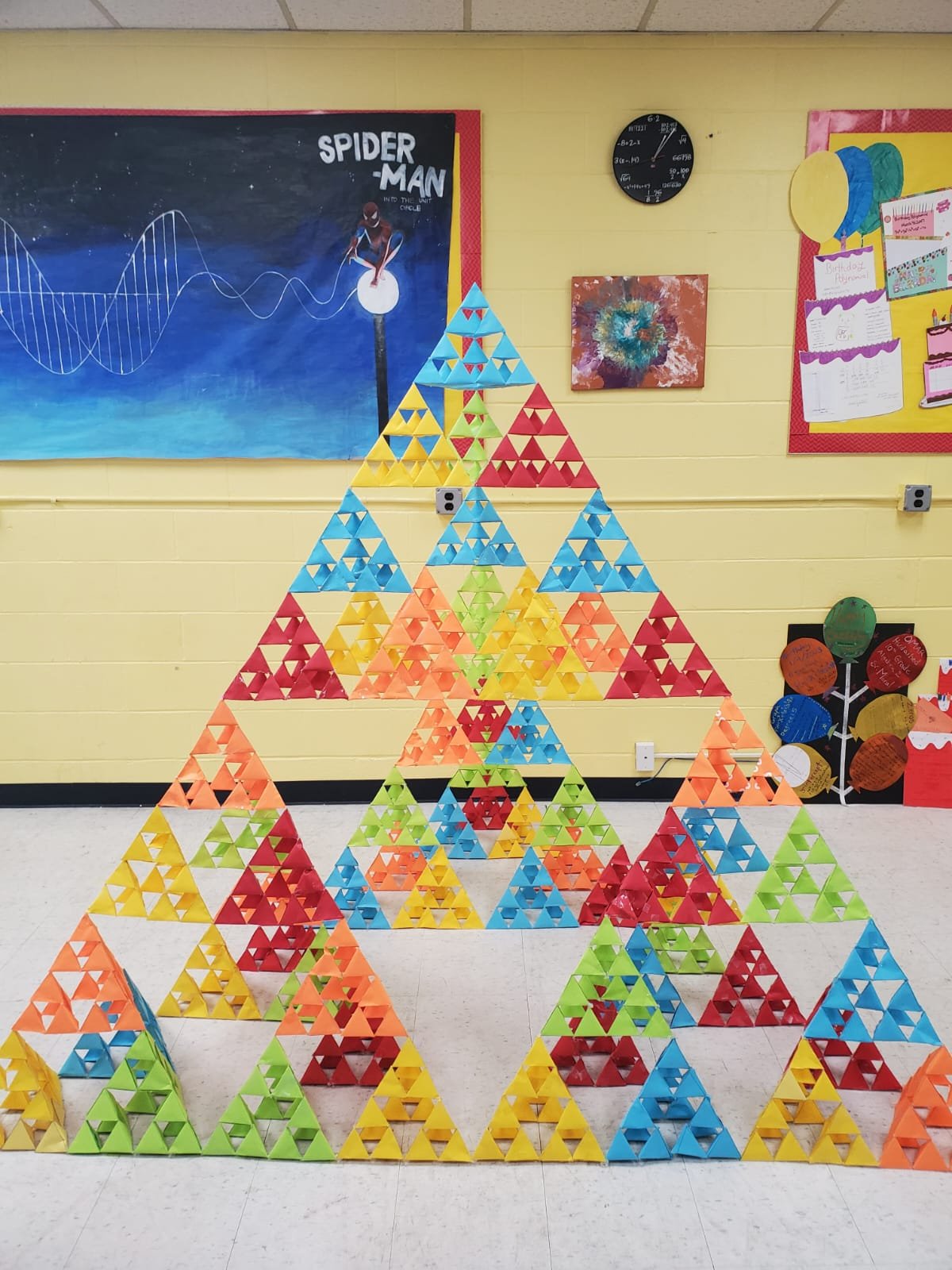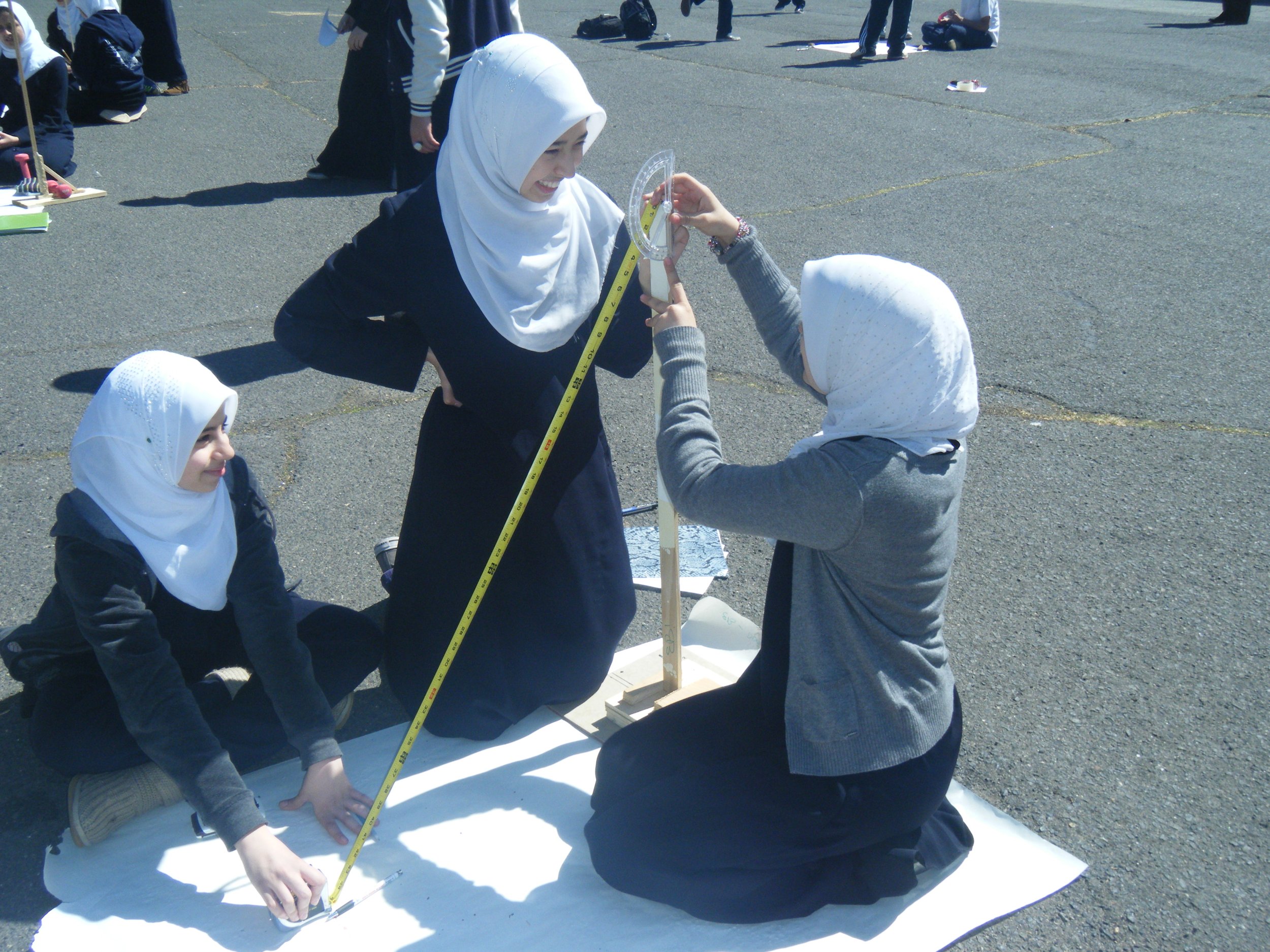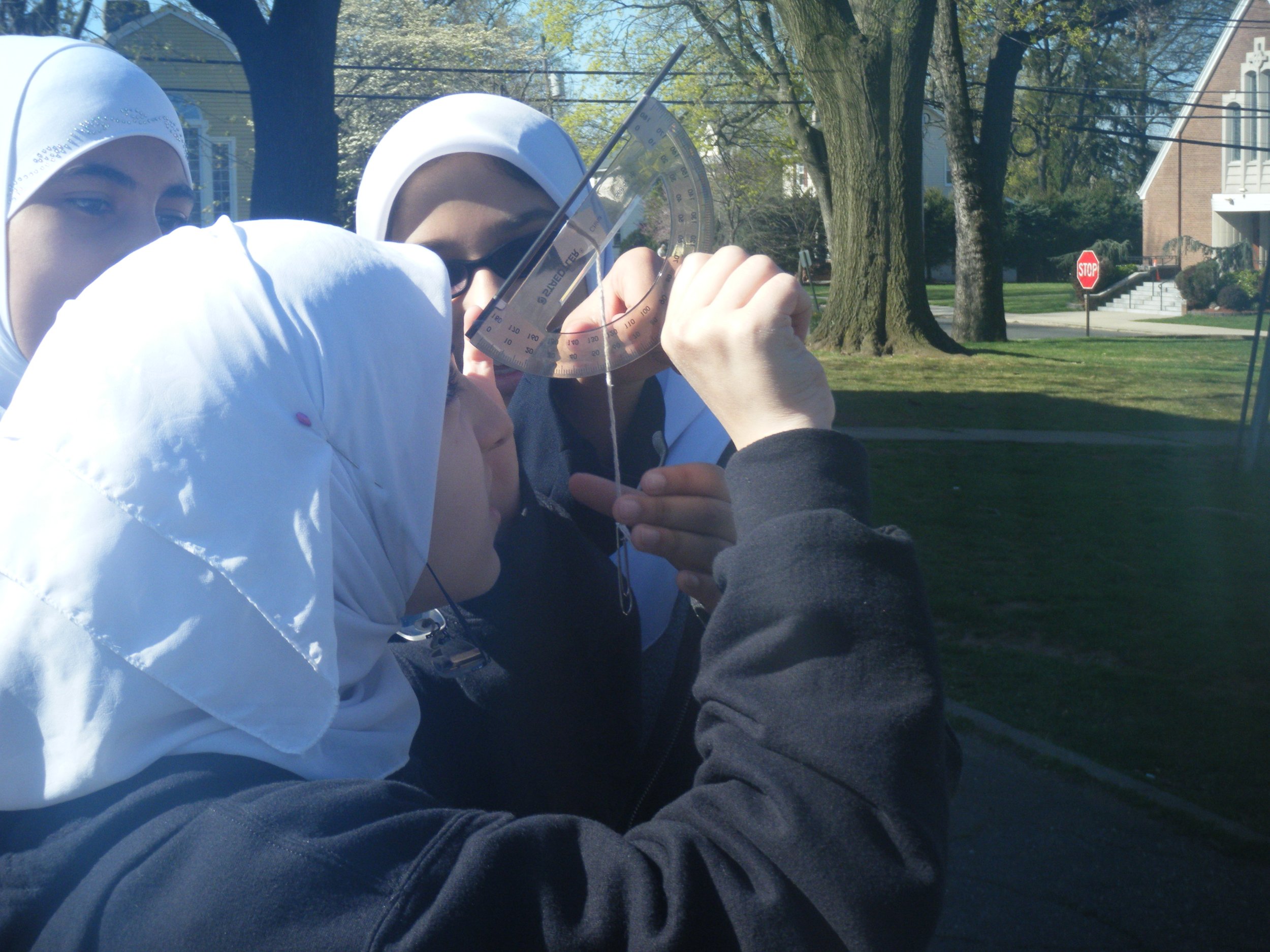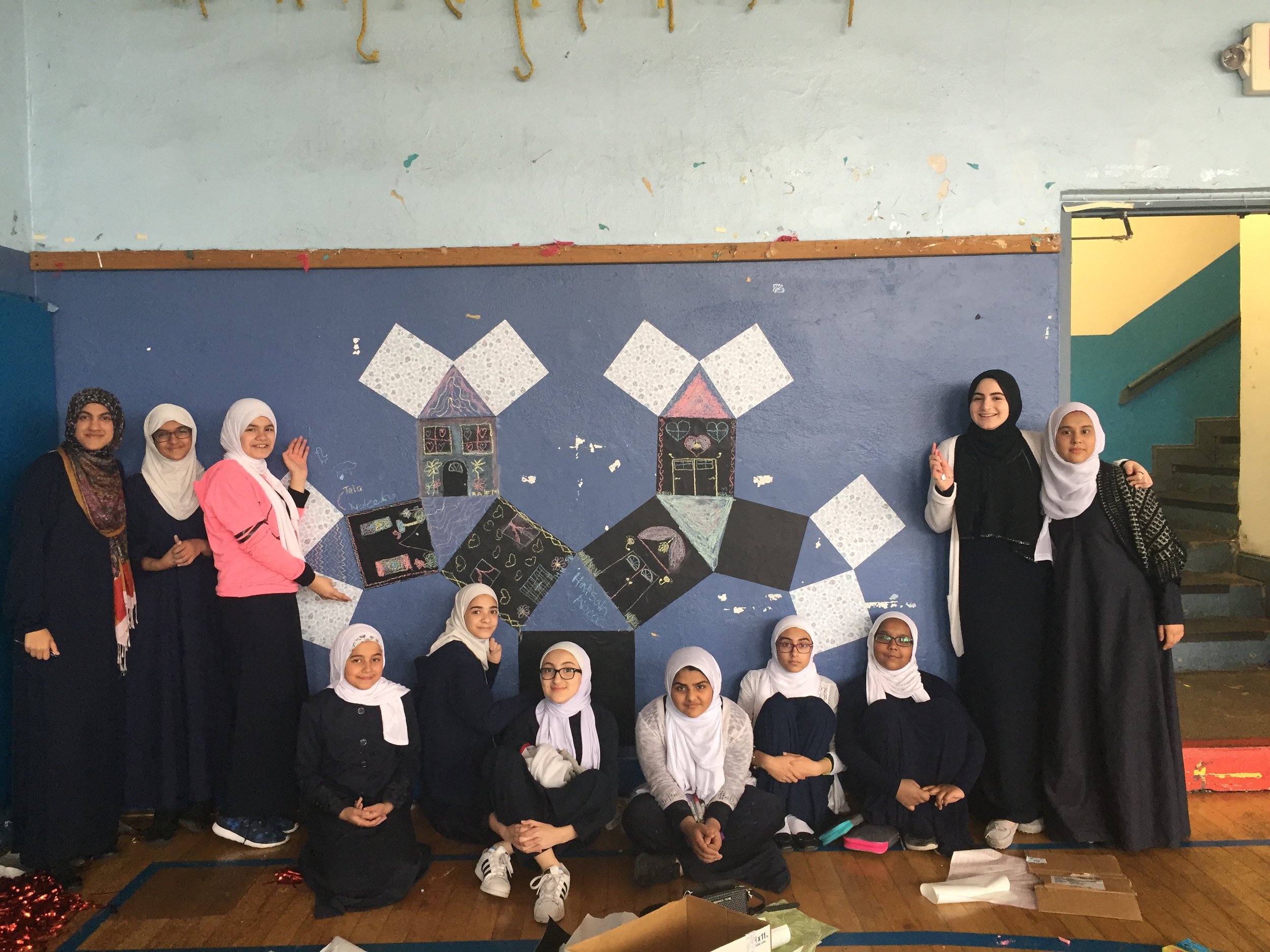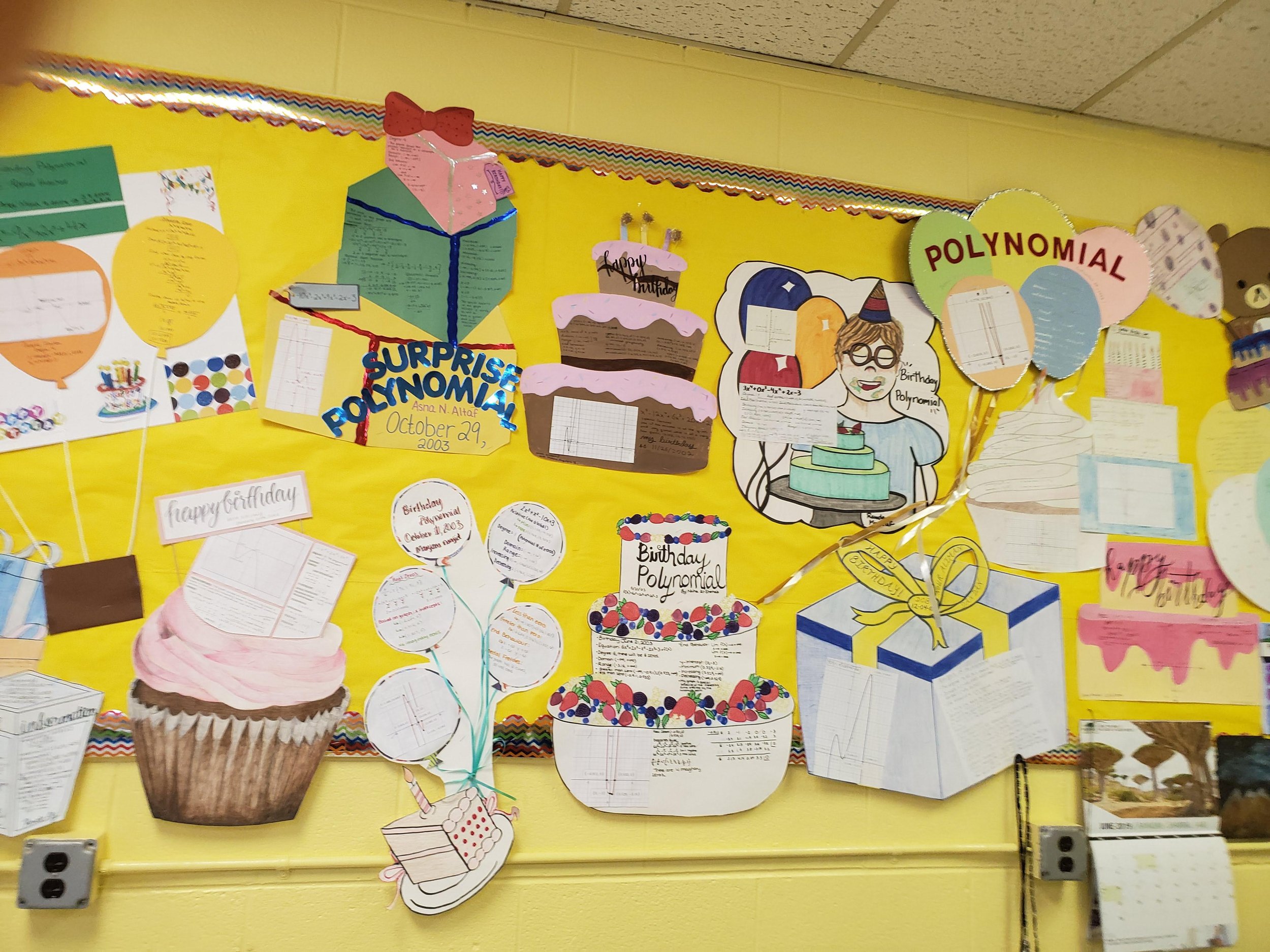Learn More about STEM
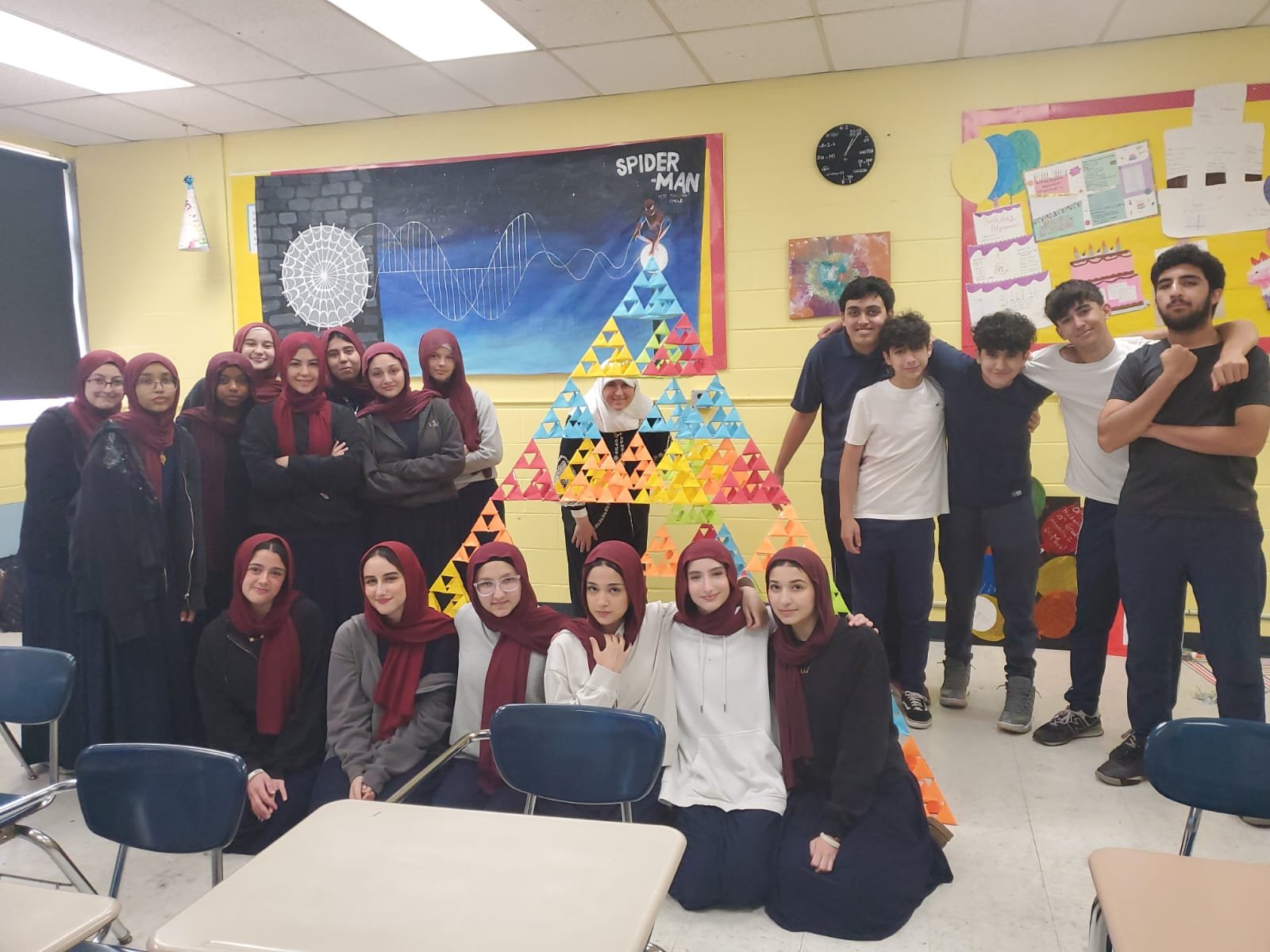
In what ways does the STEM program incorporate hands-on and experiential learning? Can you highlight any notable projects, experiments, or real-world applications that students are engaged in to enhance their understanding of STEM concepts?
Our STEM program incorporates hands-on and experiential learning on a regular basis.
Students have replicated the camera obscura developed by Ibn al Haytham, the scholar who was the true Father of the Scientific Method and the first to successfully determine how the human eye sees. Numerous classes have also written research papers about him and Abu Wafa who discovered various trigonometric identities.
Freshman students worked cooperatively to develop a three-dimensional model of Sierpinki's fractal. Students learned that fractals are useful in cell phone technology as they provide an increased surface area which allows for high-speed communications using tiny antennae. They also learned that galaxies and coastlines are naturally occurring fractals.
Al- Ghazaly STEM students have developed various unique designs using engineering principles. For example, students have designed pizza boxes that can turn into makeshift tables, have condiment holders, and in one case the box could be used as a movie projector! Also, students have used graphic design to model the 99 names of Allah (SWT) and various masjids from around the world. Links:
Students have done podcasts to interview fellow students about their genetic history. They have also extracted DNA from strawberries, conducted various chemical reactions, and modeled numerous biomes.
Students are regularly educated about historic and modern scholars such as Dr. Burçin Mutlu-Pakdil.
Collaboration and interdisciplinary skills are crucial in the modern STEM landscape. How does the STEM program encourage collaboration between different STEM disciplines and potentially with other departments?
The STEM program has always encouraged collaboration between different STEM disciplines and other departments at GHS. In the past, they partnered with other schools internationally to determine the circumference of the Earth via Steven's Institute's Noonday Project.
Our students learned about Abbas Ibn Firnas in their World History classes. One of our History teachers asked our Geometry teacher if she could incorporate this scholar into our math curriculum. Consequently, students learned that Abbas Ibn Firnas was the first human being to successfully fly but he also inspired various other scholars and scientists including Leonardo Da Vinci, Ahmed Celebi who was the first to fly across two continents, and the Wright Brothers. As a part of their research, students also learned about modern NASA engineers such as Dr. Tahani Amer and Loaa Elbasyouni who worked on the Mars Rover project.
Given the rapid advancements in technology and its impact on various industries, how does the STEM curriculum at Al-Ghazaly High School adapt to stay current and ensure that students are prepared for future challenges?
The STEM curriculum at Al-Ghazaly High School adapts to stay current and to ensure that students are prepared for future challenges by having our dedicated staff attend various workshops and professional development programs. Our teachers constantly research new trends in technology and share their findings with one another during our regularly scheduled department meetings. Our teachers research the work of other educators and routinely read various educational journals. GHS regularly recruits consultants to help our current staff. Teachers also rely on the feedback of our alumni to help expand our STEM curriculum.
Assessment and evaluation are essential components of any educational program. How does the STEM department assess student progress and the effectiveness of the program? Are there any innovative assessment methods being utilized?
The STEM department assesses students' progress by using various rubrics, MAP testing, SAT Math scores, and AP performance. We continuously use our students' scores to guide necessary curriculum changes needed to promote their success. We also utilize internal department improvement plans to facilitate the improvement of our program. Attached is a sample.
Parental and community involvement can significantly enhance the impact of a school's STEM program. How does the school engage parents and the local community to support and contribute to the success of the STEM initiative?
Teachers in our STEM program regularly share their weekly plans with their students via Google Classroom so that students have a sense of what is expected of them. Many of our teachers also share this plan with students and parents via Skywards (our online grading posting system). They regularly email parents to share class photos, and updates about testing, and to let them know about their child's progress.
Professional development plays a pivotal role in keeping educators updated with the latest teaching methodologies and content. How does the Math & Sciences department ensure that its teachers stay current with advancements in STEM education?
Our department leaders and the school Administration regularly inform our team members about numerous opportunities for professional development. Teachers are highly encouraged to attend various workshops to help further their STEM and teaching knowledge. They are evaluated by the department head and the Administration to assess their pursuit of these important opportunities. Further, our team members also conduct in-house workshops to help teach their fellow educators. We also review various educational publications and keep abreast of what professional societies such as the National Council of Teaching Mathematics and the National Science Foundation recommend.
